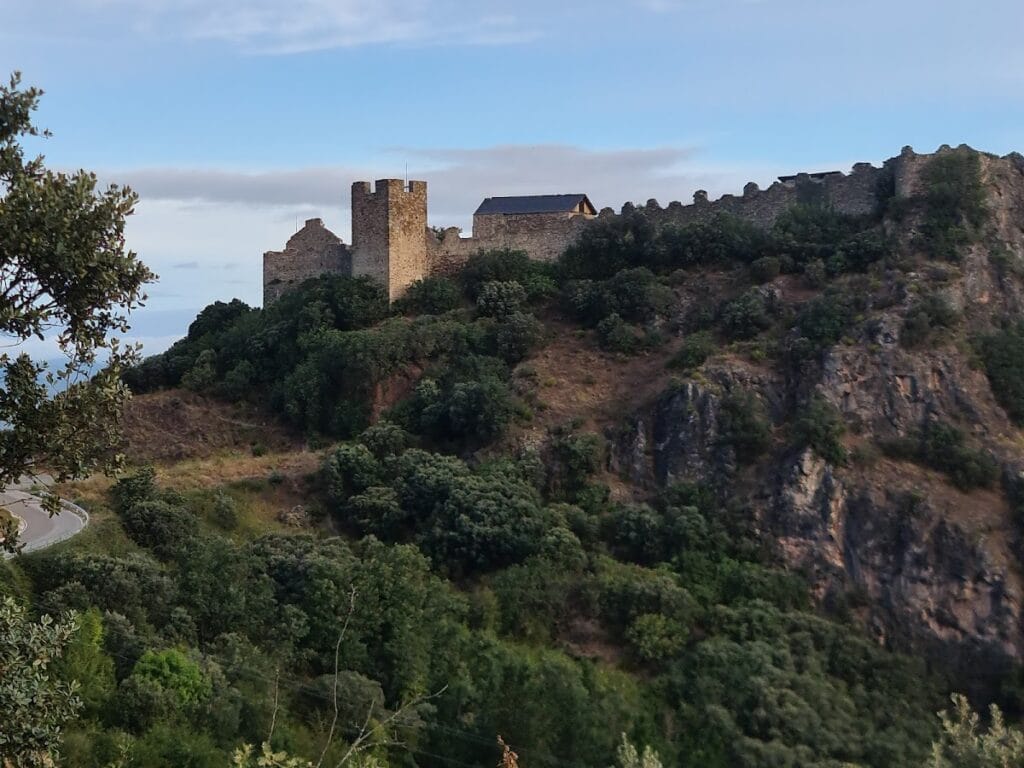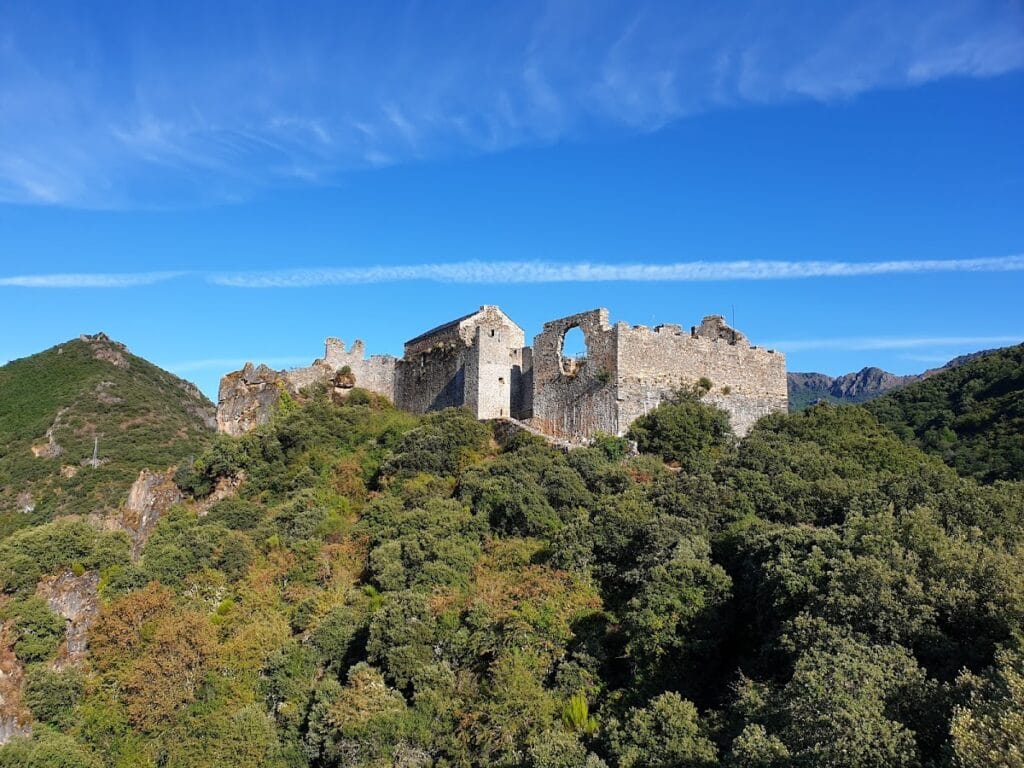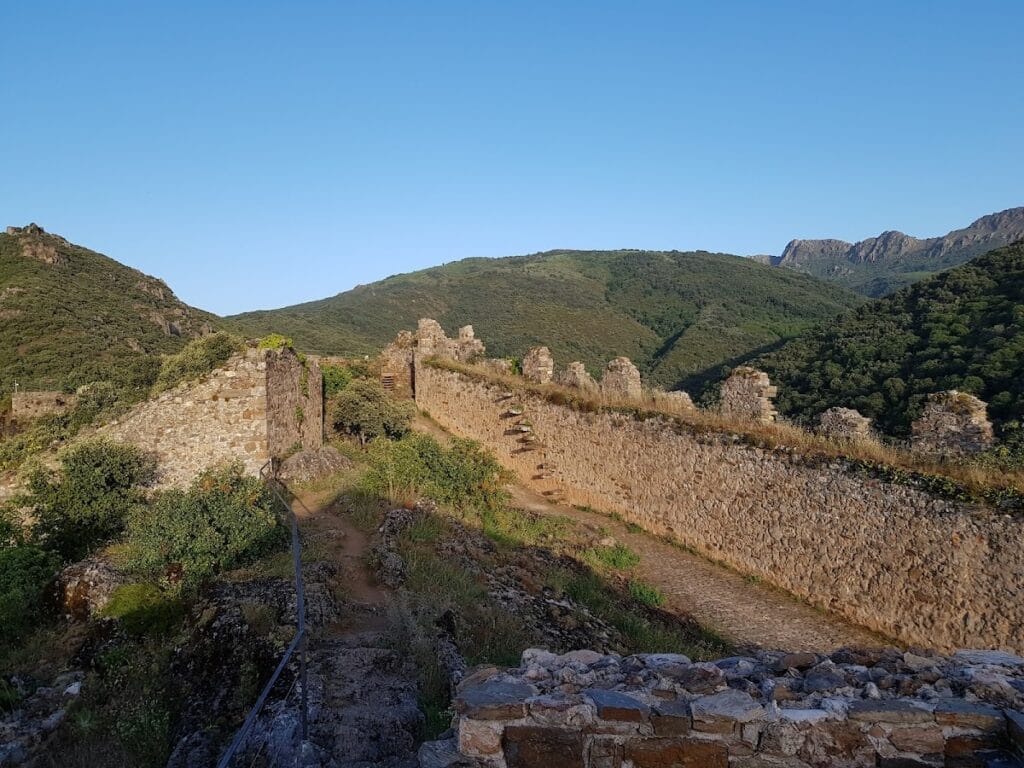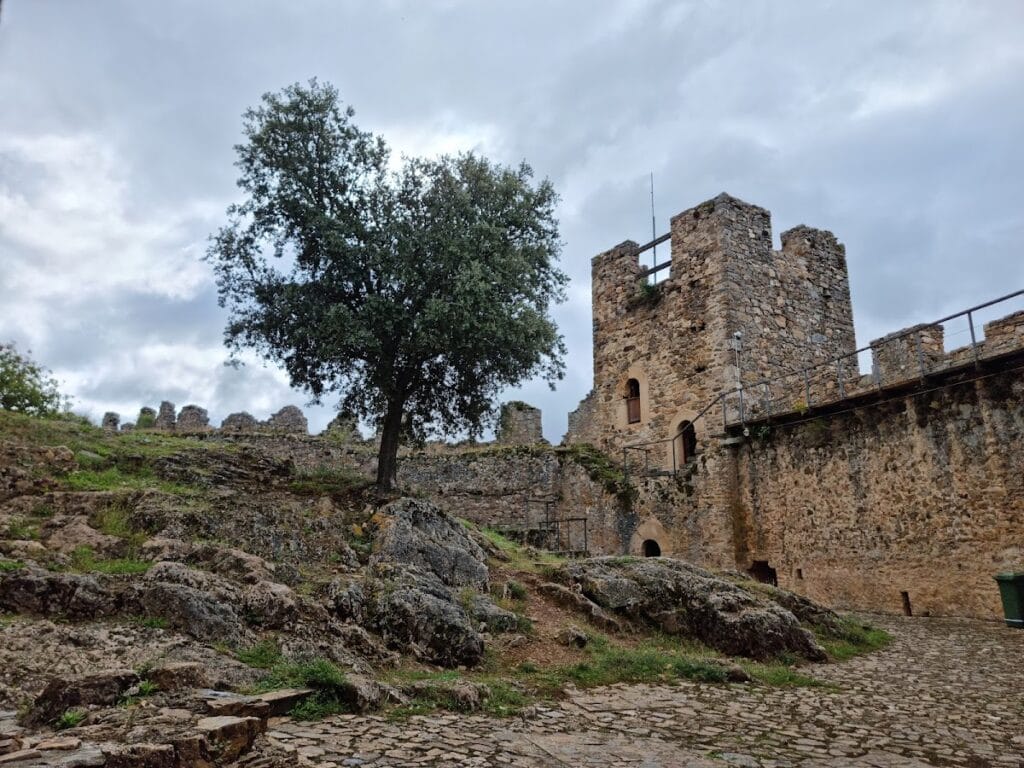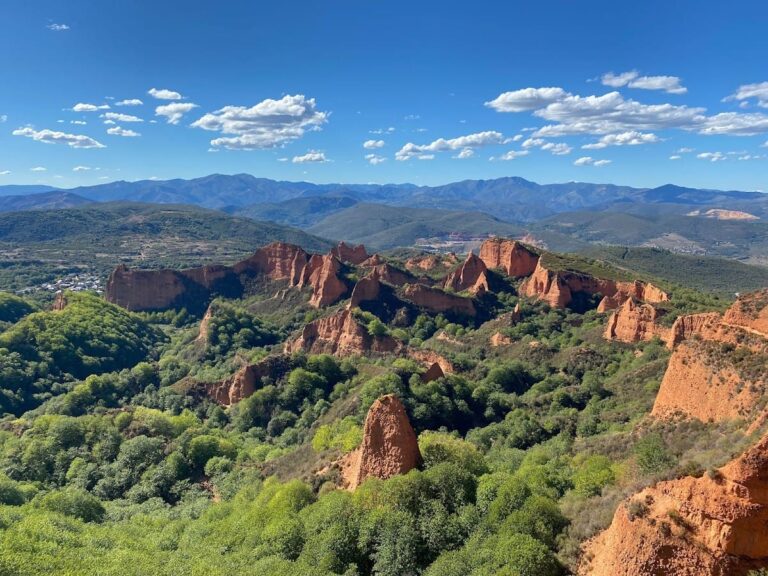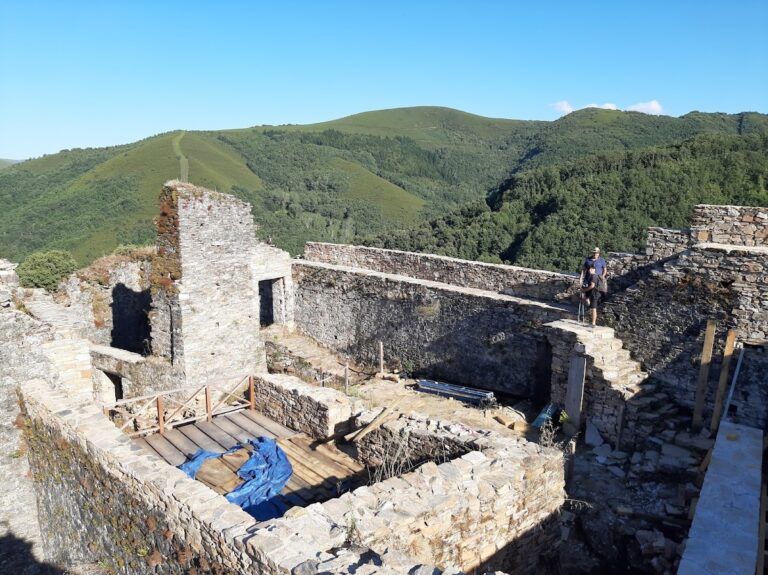Cornatel Castle: A Medieval Fortress in Villavieja, Spain
Visitor Information
Google Rating: 4.4
Popularity: Medium
Google Maps: View on Google Maps
Official Website: www.priaranzadelbierzo.org
Country: Spain
Civilization: Unclassified
Remains: Military
History
Cornatel Castle is a medieval fortress situated in the municipality of Villavieja, Spain. Its origins trace back to ancient times, with evidence of Roman construction beneath the current structure, suggesting continuity of occupation long before the medieval castle rose.
The site most likely corresponds to the Castle of Ulver, mentioned in early medieval records. During Roman rule, it supported terraced buildings interpreted as the base of a classical temple, complete with thick enclosing walls and a colonnaded façade. Following the Roman withdrawal in the early imperial period, there is no clear record of use during the subsequent Suevic and Visigothic eras. The fortress reappears prominently in the late 10th century when King Bermudo II of León ruled, establishing it as a strategic stronghold. Early castellans, known as tenentes, managed the castle in the 11th century, including individuals like Rapinato Ectaz and Pedro Velazquez. Notably, Jimena Muñiz governed from 1093 to 1108 and maintained close connections with King Alfonso VI of León and Castile.
In the early 13th century, King Alfonso IX granted the nearby city of Ponferrada to the Knights Templar, who took control of the Castle of Ulver by 1228. The Templars reinforced its defenses and held the castle until the order’s dissolution in 1312. Post-Templar ownership passed through prominent noble families, including Álvar Núñez Osorio in the early 14th century and Pedro Fernández de Castro. By the late 14th century, the castle returned to the Osorio lineage under Pedro Álvarez de Osorio, receiving royal approval for this grant.
Through strategic marriage, Pedro Álvarez Osorio united his title with that of Beatriz de Castro, combining considerable regional influence. However, the castle faced conflict during the second Irmandiña Revolt of 1467 when it was seized and largely damaged by insurgent forces. It was repaired in 1469 by its owner to restore its stronghold status.
After the death of Pedro Álvarez Osorio in 1483, a fierce family dispute erupted involving his widow María de Bazán and daughter Juana Osorio against the claimant Rodrigo Enríquez Osorio. This struggle included sieges of Cornatel Castle itself and lasted for two years. The intervention of the Catholic Monarchs in 1486 led to the creation of the Marquisate of Villafranca for Juana and her husband Luis Pimentel, forcing Rodrigo to relinquish control over Ponferrada. Despite this, Rodrigo returned to armed conflict in 1507, recapturing Ponferrada and laying siege to Cornatel along with other fortresses.
The castle continued as part of the Marquisate of Villafranca up to the abolition of such lordships. In the 19th century, ownership transferred to the municipality of Ponferrada. The site also inspired literary work as the setting of the historical novel “El Señor de Bembibre” by Enrique Gil y Carrasco in 1843. After a period of neglect and practical use as livestock shelter in the late 19th and early 20th centuries, Cornatel Castle faced deterioration until restoration initiatives began in the early 2000s.
Remains
Cornatel Castle occupies a commanding position on a rocky promontory, notably steep on its eastern and northern sides with drops exceeding 180 meters, overlooking the Rioferreiros stream. The castle’s layout adapts to this terrain, featuring a single defensive wall protecting the more accessible western and southern flanks. This perimeter is crowned by crenellated battlements and an adarve—a battlemented walkway allowing defenders to patrol and guard the walls.
Archaeological investigations have uncovered terraced stone structures beneath the western section of the castle. These terraces form what is interpreted as the podium of a Roman-era temple, enclosed on three sides by substantial thick walls and fronted by a façade supported by columns. These Roman foundations reveal the site’s significant antiquity and its transformation from a classical religious complex to a medieval military fortress. The Roman construction employs durable local limestone, which also composes the castle walls visible today.
Over time, the castle’s defensive walls were modified and repaired, especially following episodes of damage in the 15th century. Restoration in the 21st century has stabilized sections at risk and added visitor safety features, although some internal galleries remain closed. The ruins preserve the castle’s footprint atop the promontory, providing a clear sense of its former scale and strategic design.
The limestone rock supporting the castle hosts a rare plant species known as Petrocoptis viscosa, which is also found on adjacent cliffs. This botanical presence points to unique microclimatic conditions created by the fortress’s elevation and geographic setting.
Within the castle grounds, a museum has been established that presents permanent exhibitions detailing the fortress’s historical phases and architectural evolution. The museum also houses a collection of medieval pole weapons assembled by a local historical association, reinforcing the site’s connection to its martial past. Together, these features underscore Cornatel Castle’s layered history, from its classical beginnings to centuries as a focal point of military and noble power.
